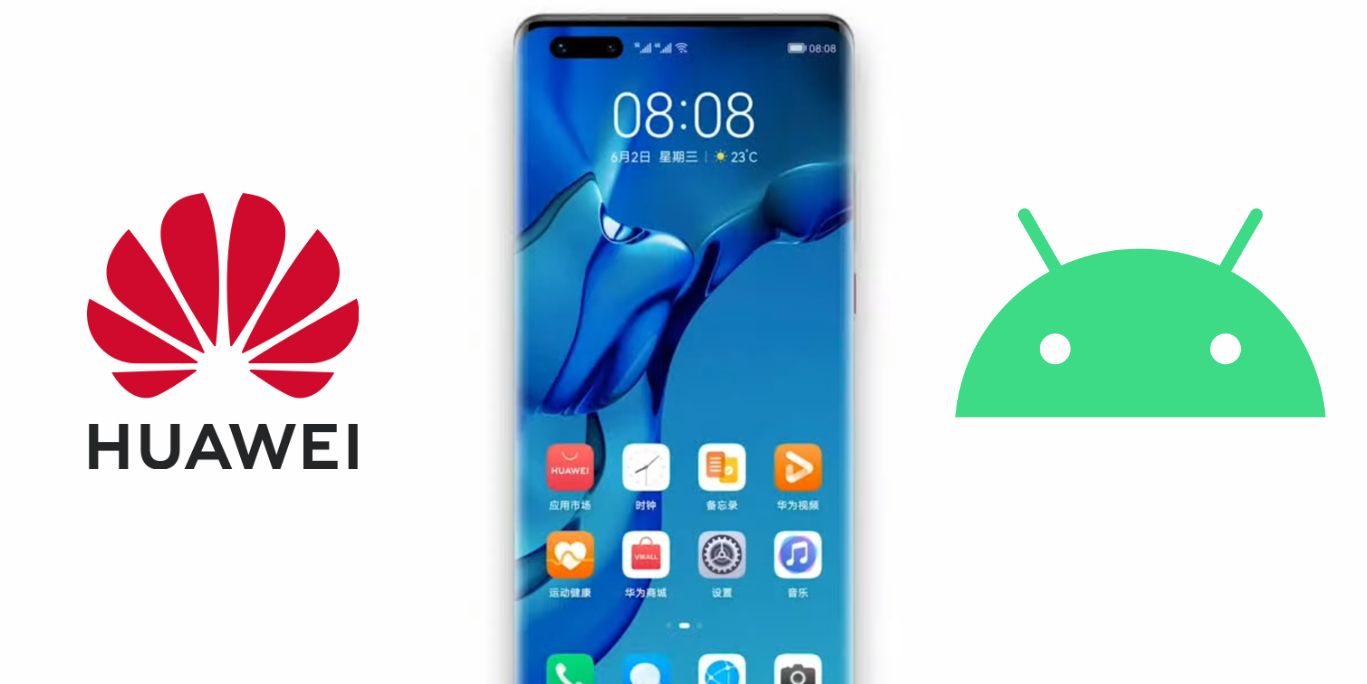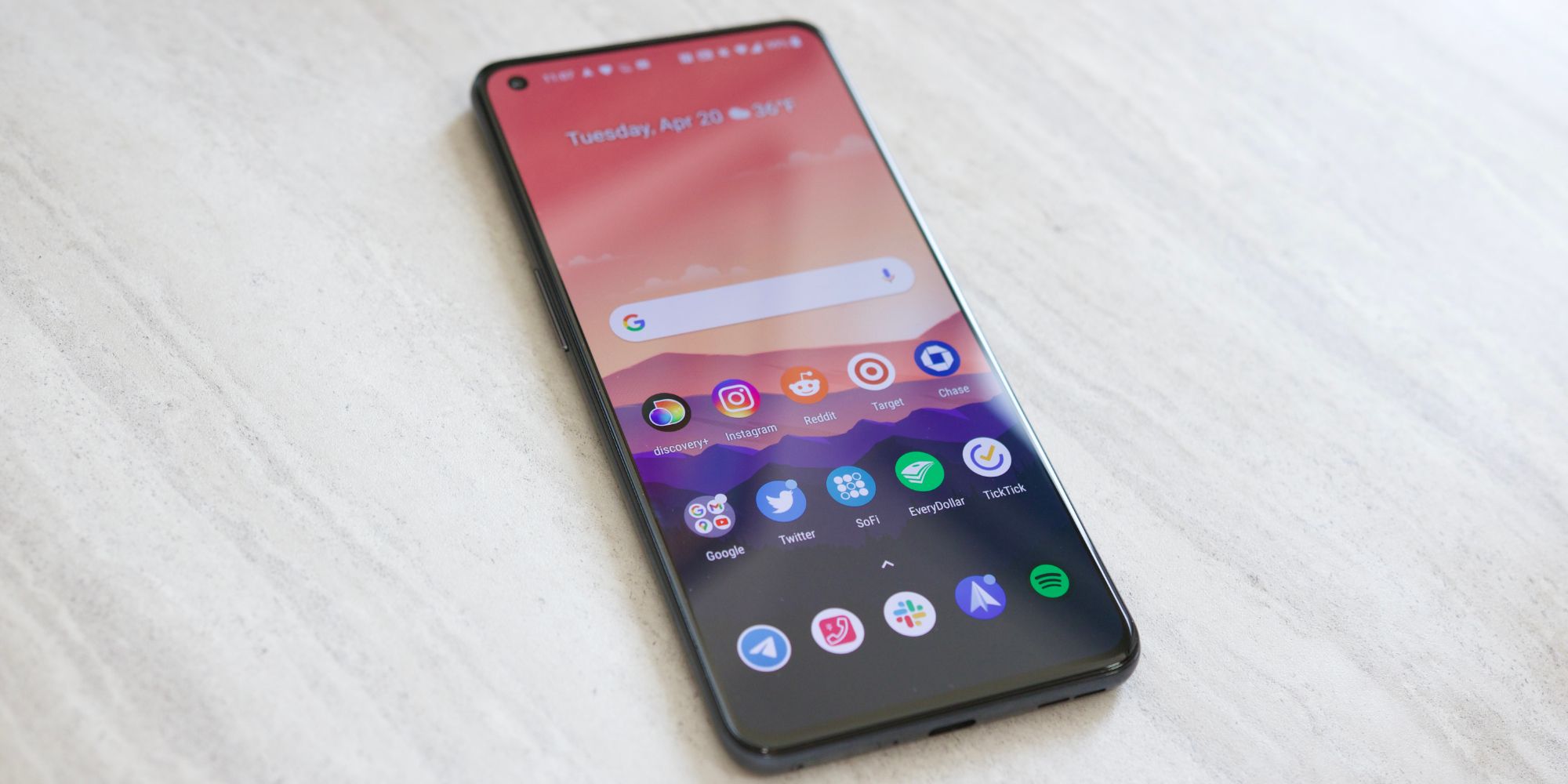Huawei has officially unveiled its all-new HarmonyOS operating system. It's an in-house platform that Huawei's now using instead of Android for its smartphones, and the company is touting it as "a next-generation operating system for smart devices." However, the closer HarmonyOS is examined, the clearer it becomes how much inspiration it really takes from the operating system it's replacing.
As for why Huawei created HarmonyOS in the first place, it all has to do with the company being put on the United States Entity List back in May 2019. This effectively banned Huawei from working with U.S. companies, which in turn prevented it from using any Google services on its Android smartphones — substantially crippling its phones' functionality. This has resulted in Huawei looking to distance itself from Android altogether.
A little over two years after the U.S. government enacted its ban on the company, HarmonyOS is now official. Huawei made the announcement on June 2, and at its core, Huawei is pitching HarmonyOS as a completely unified platform for a wide array of devices. It envisions HarmonyOS being used on everything from smartphones, tablets, watches, and smart home devices, going on to say that there isn't "any other operating system in the world" that's able to offer this level of functionality. All of that marketing and hype would lead some to believe that HarmonyOS is a completely original creation from Huawei. On a technical level, though, that isn't exactly true.
HarmonyOS Is Almost Indistinguishable From Android
For starters, there are technically two different versions of HarmonyOS with the same name. The first one is for smartwatches and IoT devices, and it's based on Huawei's open-source LiteOS. The HarmonyOS for smartphones and tablets — which Huawei is pitching as a completely new and original operating system — uses the exact same Linux kernel that Android does. This is something that Huawei is extremely reluctant to admit, but as Ars Technica previously showcased after getting its hands on a HarmonyOS emulator, the operating system looks and functions nearly identical to any other Android smartphone. Huawei has slightly updated the design of HarmonyOS since then, but from features to its technical makeup, HarmonyOS is still basically a forked version of Android.
That said, there are a couple of differences that keep HarmonyOS and Android from being 100 percent identical. One of those is something called 'Super Device.' It appears to make pairing and connecting to other HarmonyOS devices simpler than standard Bluetooth, though the full breadth of the feature remains unclear. In one example, Huawei says users can hold their HarmonyOS smartphone up to a HarmonyOS toaster to see recipes. In another example, Super Device is used to do nothing more but connect a phone to wireless earbuds. The other key differentiator for HarmonyOS is that it doesn't come with any Google apps/services of any kind. While non-Google Android apps can be installed and used like any other Android device, users won't be accessing YouTube, Google Photos, Gmail, Assistant, etc.
Huawei is already updating some of its Android smartphones to HarmonyOS right now, and over the coming months, virtually all of the company's existing lineup will be switched over. The whole situation with HarmonyOS is a bit confusing, but at the very least, it's not something U.S. shoppers will have to concern themselves with any time soon. Huawei is still banned from selling devices in the U.S. and working with U.S. companies. And, unfortunately for the company, a 'new' operating system isn't going to magically fix that.
Source: Huawei, Ars Technica


